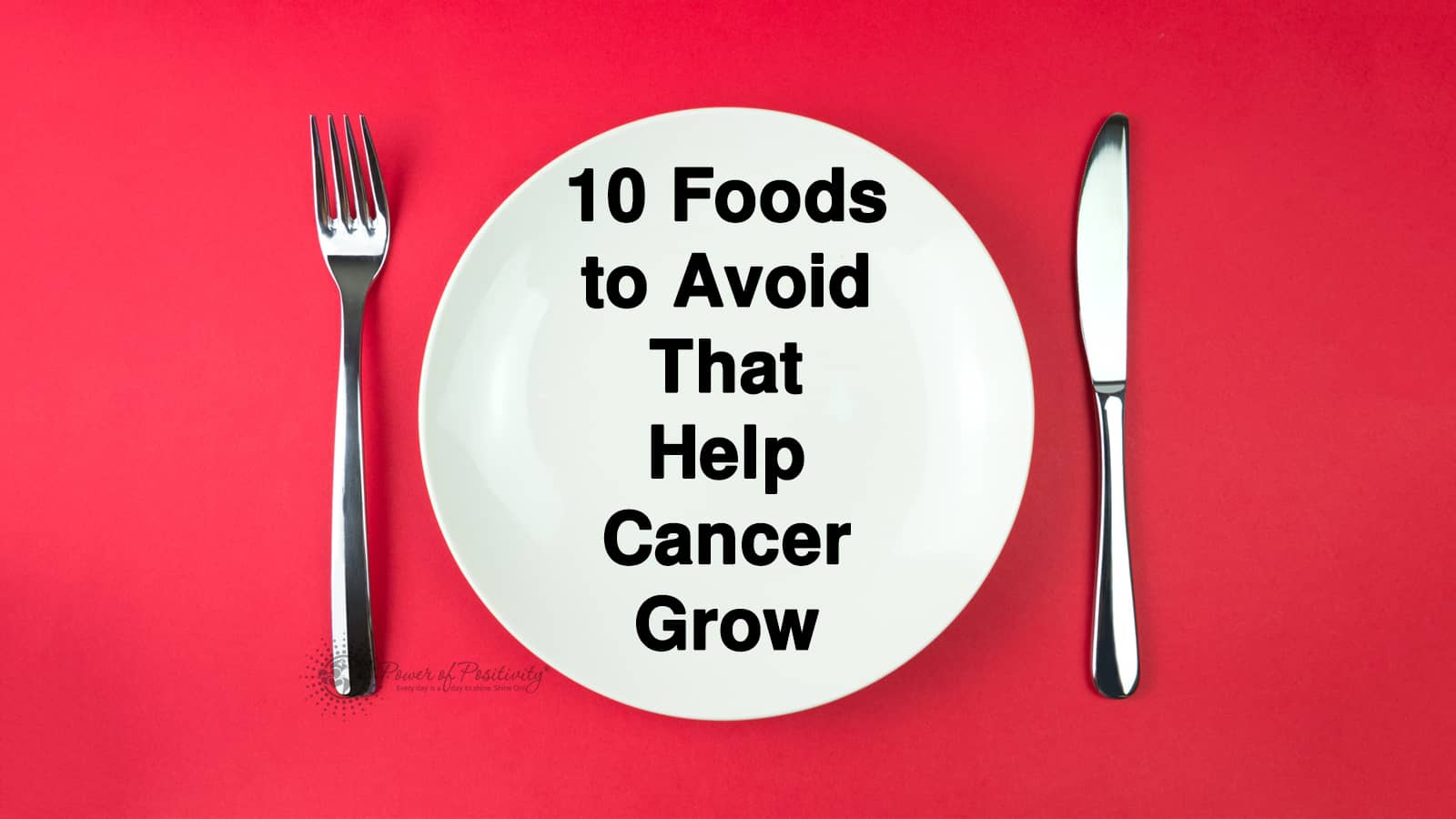According to data compiled by the National Center for Health Statistics, nearly 40 percent of adults and around 19 percent of young Americans are obese. Also, the CDC (Centers for Disease Control) states that medical costs stemming from obesity is nearly $1,500 higher than that of those who are height-weight proportionate. The CDC reports that the medical cost of obesity in America currently reaches the billions. In other words, a significant number of Americans have a problem with weight and properly functioning metabolism.
Fortunately, more Americans have begun to realize that maintaining a healthy weight can positively benefit their health. However, the path to losing weight can often prove difficult to navigate.
You can find plenty of diet and exercise trends if you hope to shed unwanted pounds. When it comes to diets, however, some require that you forgo many of your favorite foods. This can make it harder to achieve your weight loss goals. But what if you could lose weight without having to stick to an overly restrictive diet?
In this article, we will look at intermittent fasting, a diet that requires prolonged periods of fasting to lose weight.
WHAT IS INTERMITTENT FASTING?
For those unfamiliar with intermittent fasting, this form of dieting is relatively easy to follow. In fact, the National Institute of Health tells us it is one of the most effective ways to lose weight. Unlike most diets where you deprive yourself of certain foods, this diet allows you to continue eating the foods you love. However, you must eat less frequently to benefit from this unique diet. While this may sound challenging, it will grow easier once you have some practice under your belt.
According to a study published by healthline.com, a privately owned provider of health information based in San Francisco, CA, those on an intermittent fasting diet can lose as much as 3 to 8 percent of their body weight within 24 weeks or less. This study data proves that a fasting diet can be just as effective in helping individuals lose weight as a traditional diet predicated on calorie restriction. Many researchers and scientists believe that an intermittent fasting-based diet can be more beneficial to those who are obese and trying to lose weight.
CHOOSING THE RIGHT INTERMITTENT FASTING DIET
Studies have shown that a diet involving strategic fasting can positively impact your metabolism and overall metabolic health. However, there is no such thing as a “one size fits all” approach when it comes to this form of dieting. There are multiple ways of going about an intermittent fasting-based diet. One such option is the 5:2 diet, which entails fasting for two consecutive days per week or alternate-day fasting. Another option is the 16/8 method; with this method you only eat during an 8-hour window and fast for the remaining 16 hours. Before starting a fasting diet, you might want to to speak with a physician or nutritionist who can recommend the best option for you.
INTERMITTENT FASTING BENEFITS
From a metabolic standpoint, fasting can increase the number of fat burning hormones in the body. Also known as chemical messengers, these hormones play a critical role when it comes to body weight. They also carry out other functions in the body like regulating appetite, for example.
Additionally, hormones can play a decisive role in whether you store or burn fat and the number of calories you can consume. An intermittent fasting diet ensures that your hormones work in your favor while you work toward achieving your weight loss goals. That said, insulin is one of the primary hormones that dictate fat metabolism, the process whereby the body breaks down fat and uses it as an energy source.
The higher your insulin levels are, the harder you will find it to shed unwanted pounds. Strategic fasting can keep your insulin levels low; this, in turn, makes it easier to lose weight. Lower insulin levels can also reduce the likelihood of developing certain diseases, such as cancer, type 2 diabetes, and heart disease.
HUMAN GROWTH HORMONE
Along with insulin, fasting can also increase the human growth hormones in the body, which are equally important when it comes to losing weight, especially for men. According to the Oxford University Press, the level of human growth hormones in the body can increase by more than five-fold for those who stick to a fasting diet. The study also revealed that the increase in human growth hormones enables men to preserve more muscle while losing weight. Unfortunately, these benefits do not extend to women; the rise in human growth hormones does not affect their ability to lose weight in one way or the other.
NOREPINEPHRINE
Another benefit of fasting includes an increase in the production of the stress hormone norepinephrine. In addition to helping you lose weight by prompting the body to release fatty acids, norepinephrine also improves attentiveness. When it comes to losing weight, the norepinephrine stress hormone can also make more of your body fat available to burn. This is helpful for those with stubborn fat that tends to linger in certain areas. All in all, the increase in HGH (human growth hormone), insulin, and norepinephrine can boost fat-burning potential, which can lead to weight loss.
INTERMITTENT FASTING VERSUS A CALORIE RESTRICTED DIET
When you’re trying to lose weight, deciding on a particular diet can feel overwhelming. There are so many to choose from, some of which are more hype than substance. A diet that involves fasting, however, is rooted in science. As such, it can deliver results relatively quickly for those disciplined enough to see it through. After all, it can be difficult for some people to go hours or days on end without eating anything. Unlike a traditional calorie-restricted diet, fasting does not decrease metabolism quite as quickly.
Although this may sound counterproductive, strategic fasting can help you avoid some of the negatives associated with losing weight, including a loss in muscle mass and muscle tissue. It is important to note, however, that extreme calorie restrictions can speed up how quickly your metabolic rate plummets, which can prompt the body to hold on to fat as a means of self-preservation.
It is a good idea to work with a physician or a nutritionist who can help you determine the maximum amount of calories you can safely restrict from your diet and still lose weight. This recommendation applies to those considering a fasting or calorie restricted diet, as doing so can help you avoid going into starvation mode.
INTERMITTENT FASTING BENEFITS
Along with weight loss, you can find several reasons to choose a fasting diet over a traditional calorie restricted diet. While both can help you shed unwanted pounds, fasting also helps the body rid itself of toxins. In layman’s terms, the act of fasting triggers a natural detoxification process in the body. This further contributes to weight loss. From a psychological standpoint, many people believe that fasting helps improve concentration and focus.
Many people have even credited fasting with enabling them to achieve a level of enlightenment and spiritual awakening that they would have otherwise never been able to experience. Additional intermittent fasting benefits often reported by those who have tried this diet include:
- Increased life expectancy
- Reduced inflammation
- Lower risk of developing chronic diseases
- Improved cellular cleansing
- More energy
- Healthy cholesterol levels
- Healthy blood glucose levels
Intermittent fasting benefits your physical and mental health in a variety of ways. This diet is worth considering if you are serious about not only shedding pounds but also improving your overall health.
Fasting does not complicate your life like a traditional calorie restricted diet. Instead, it complements it by providing clarity and more energy while also cleansing the body of toxins and contributing to weight loss. Also, unlike a calorie restricted diet, there aren’t any expensive meal plans to buy or complicated recipes to follow. You can continue eating the same foods you already know and love. However, you must mentally prepare yourself to endure the rigors of going hours without eating. Overall, the benefits are plentiful for those willing and able to stick to such a diet.













